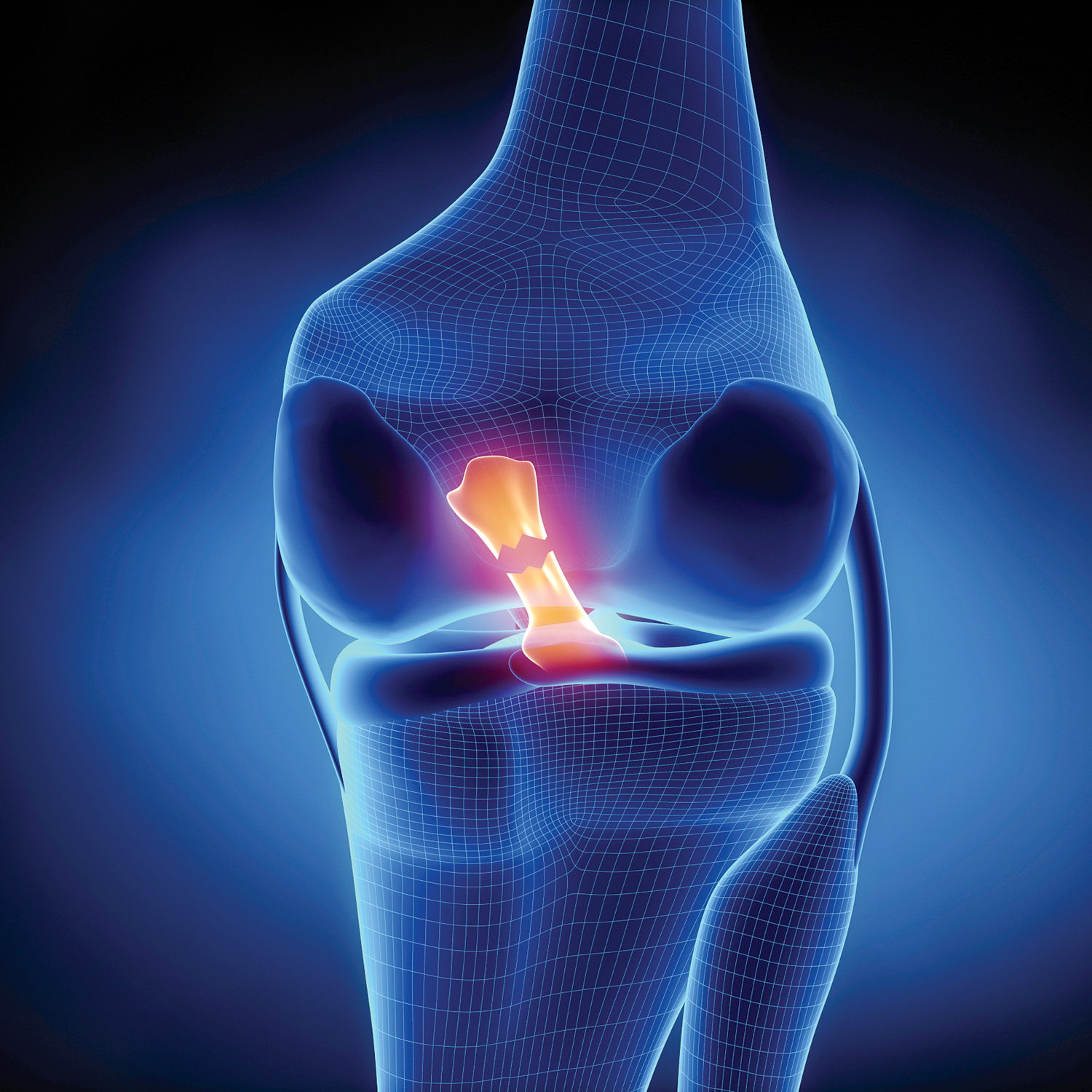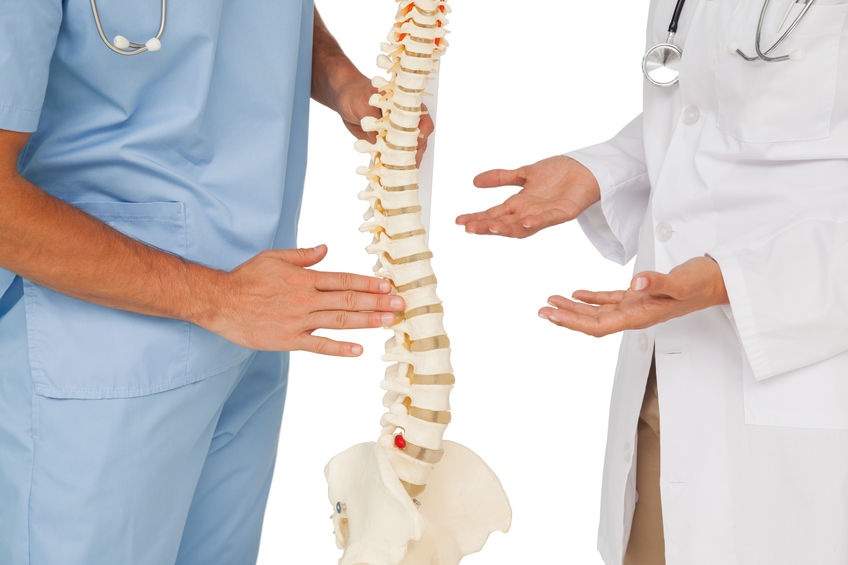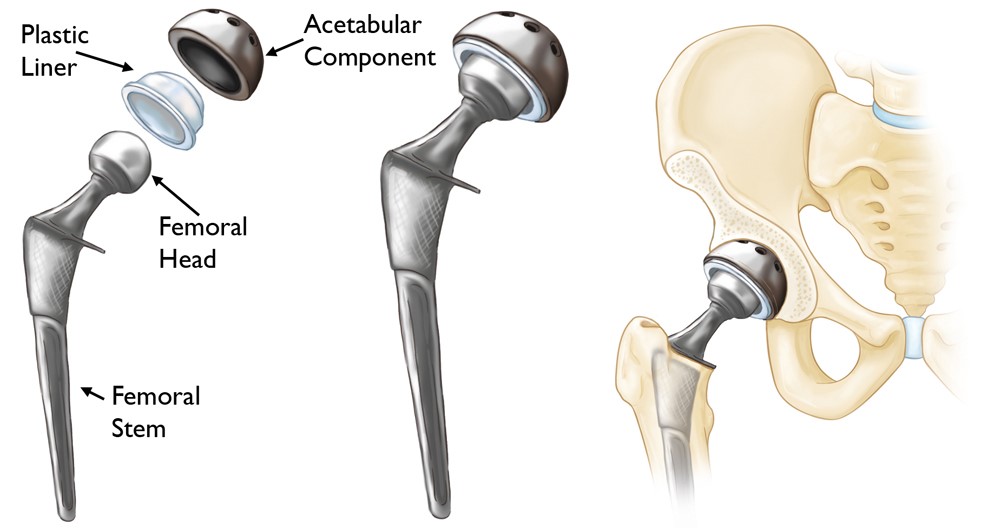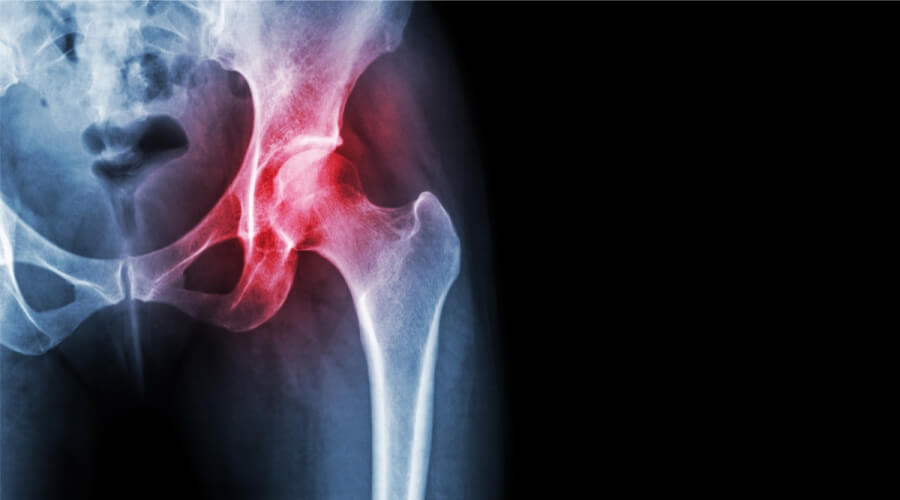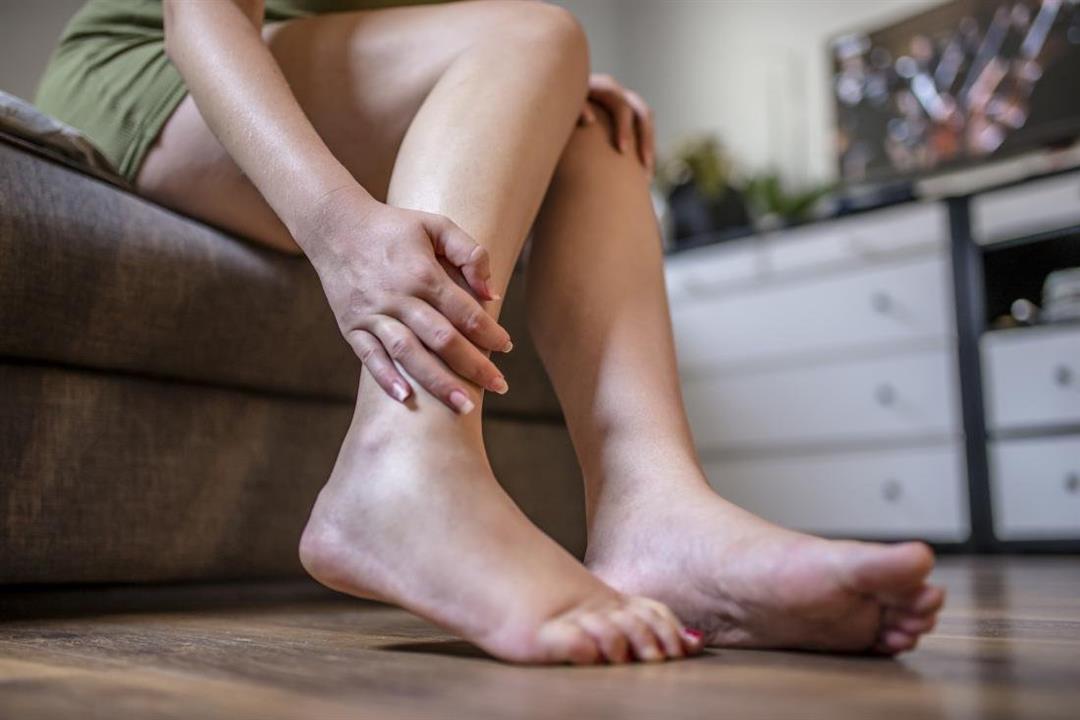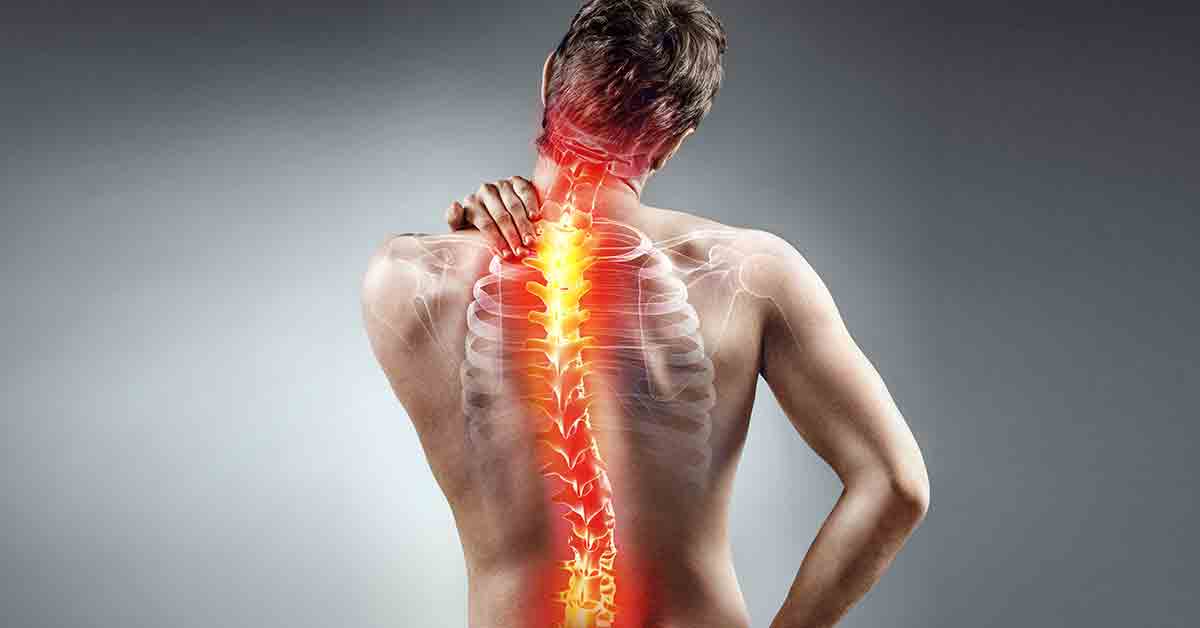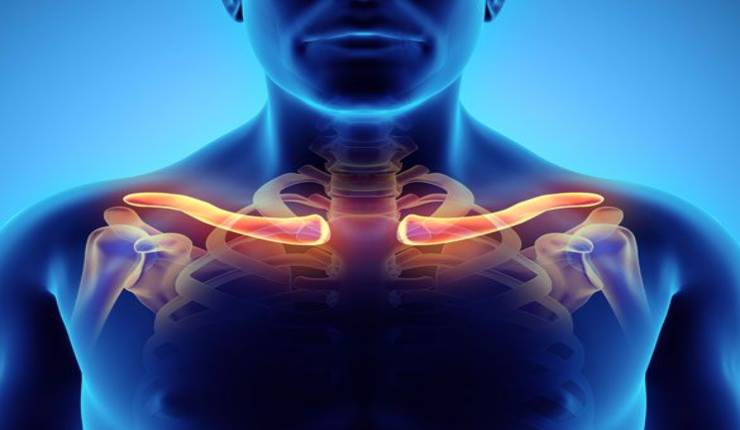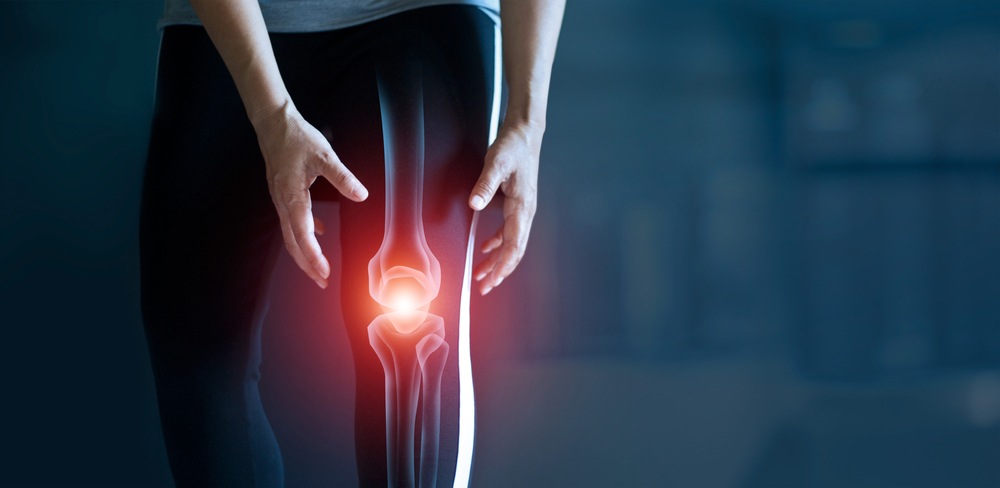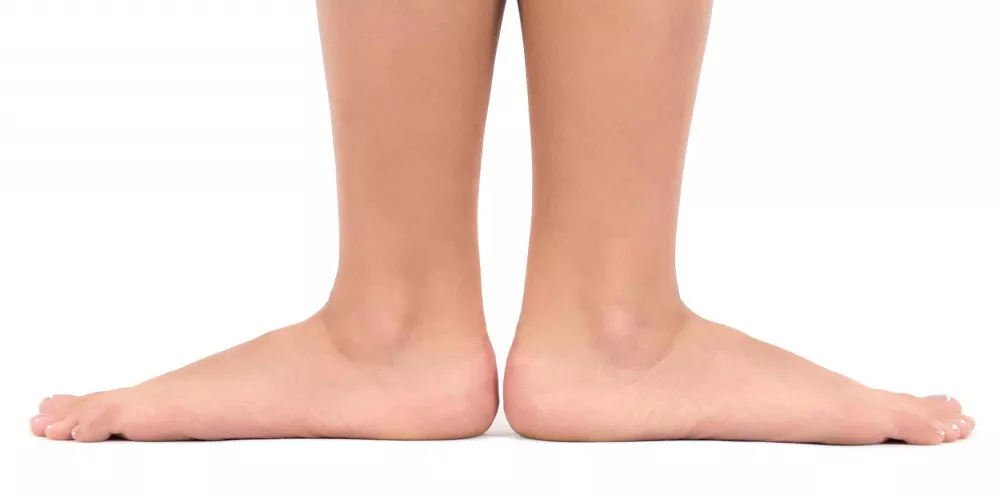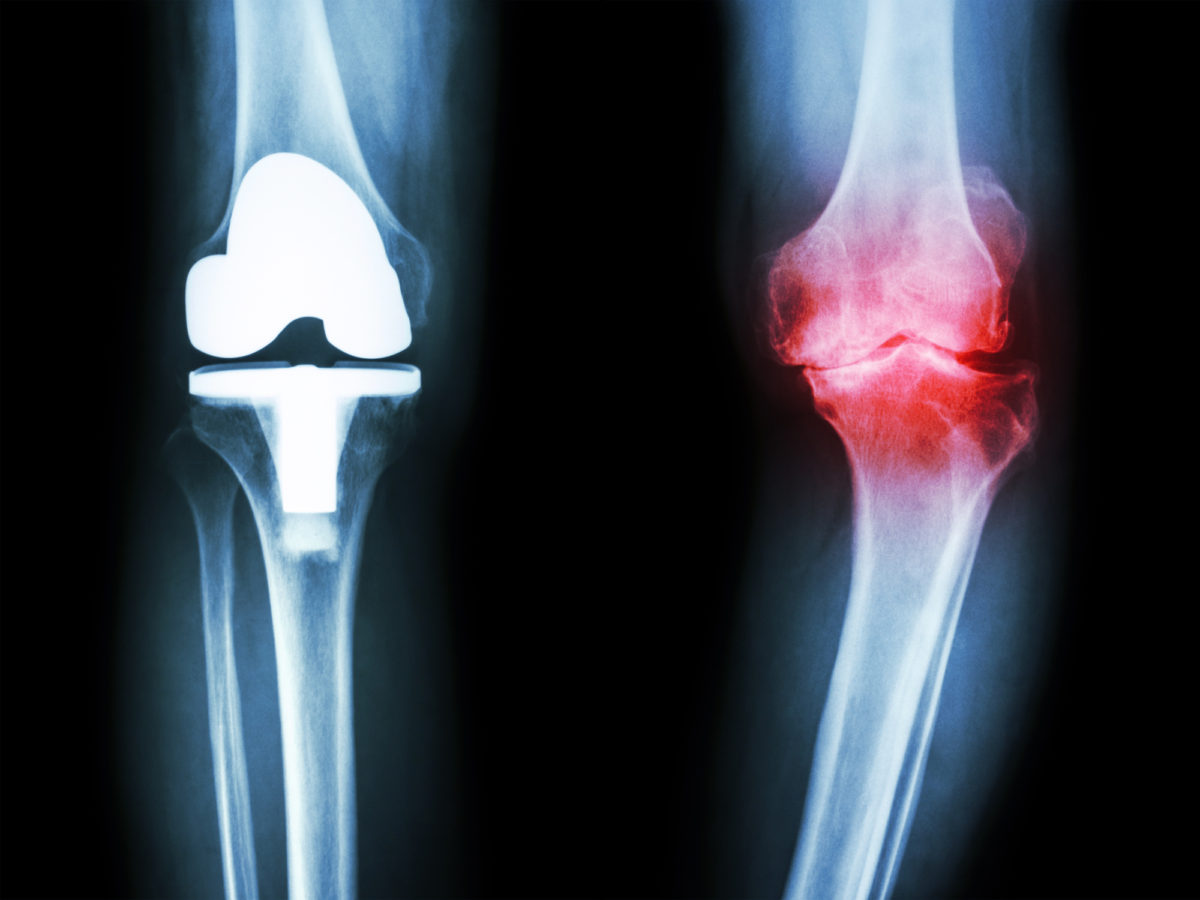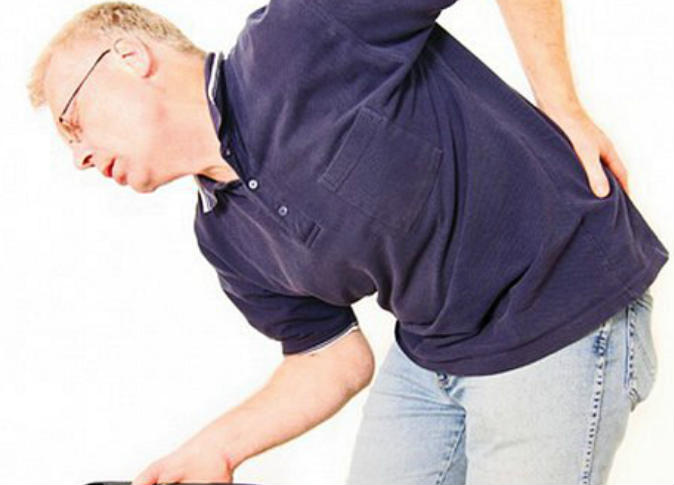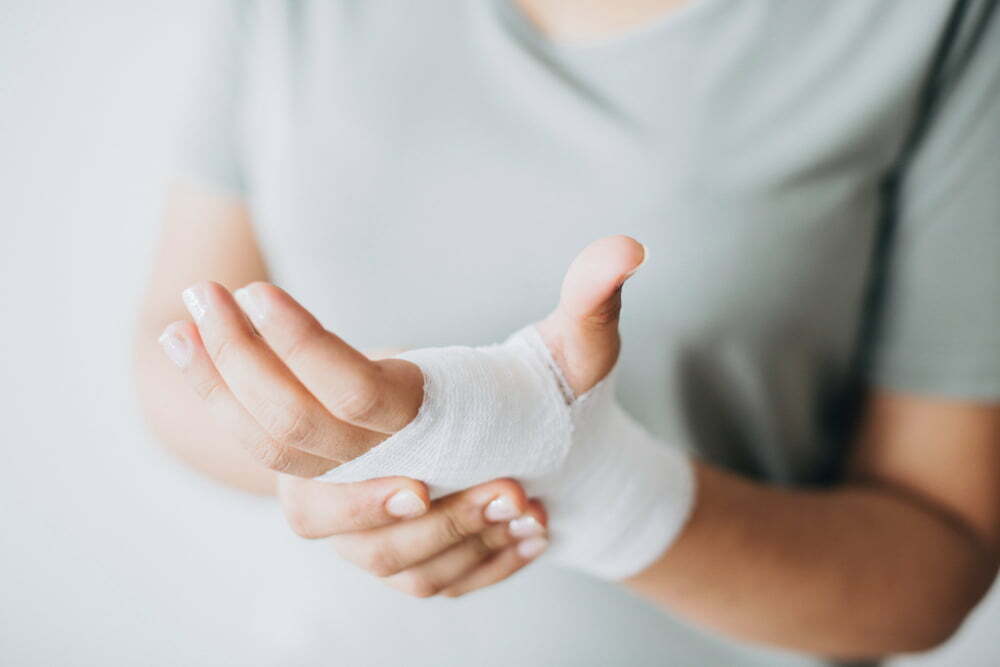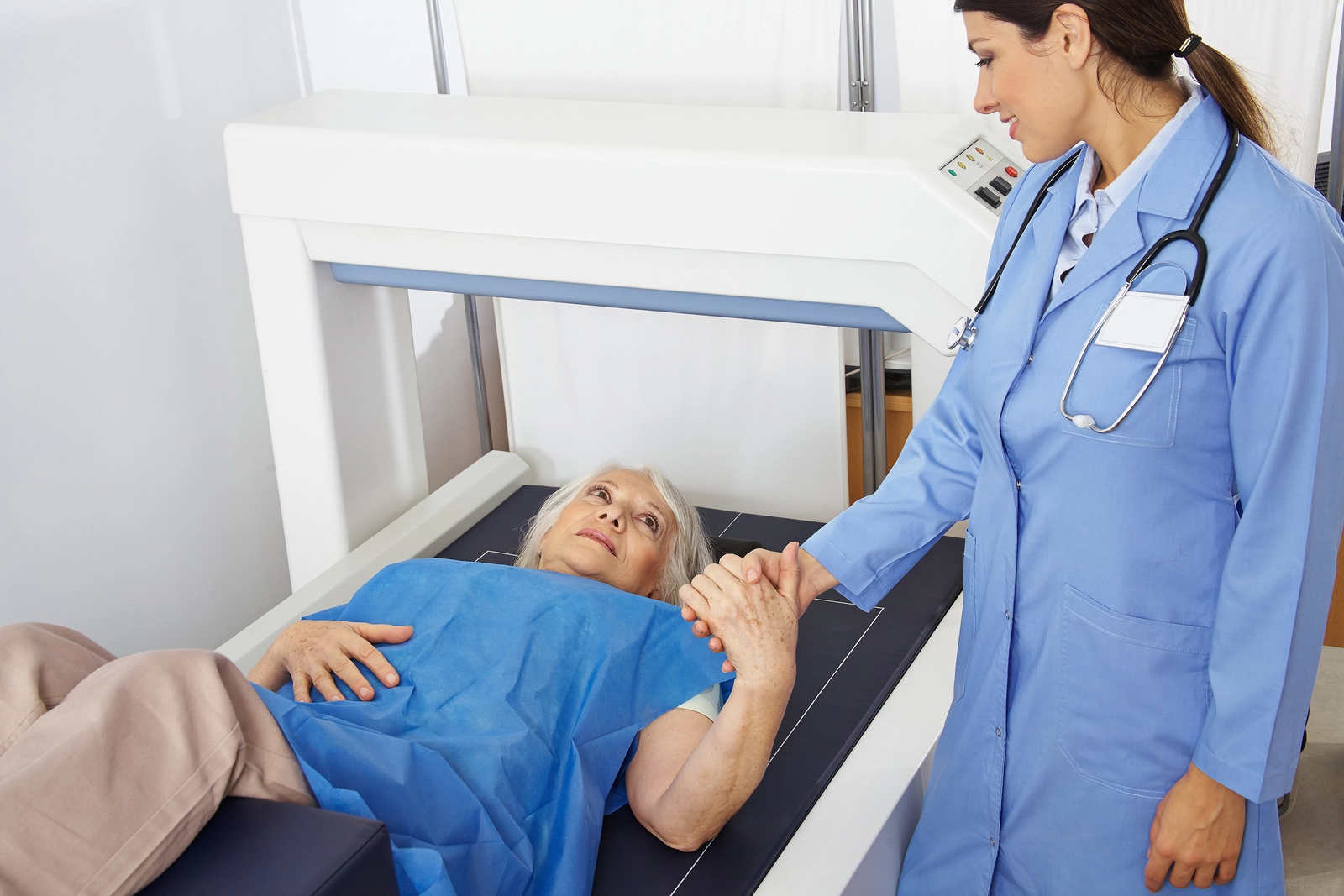Learn About the Best Doctor for Treating Spinal Curvature and the Cost of the Procedure in Egypt?
The Best Doctor for Treating Spinal Curvature – What individuals suffering from spinal curvature look for most is a skilled doctor who can help relieve their pain, correct their condition, and provide them with a natural appearance like others. In this article, we will shed light on the most important details related to spinal curvature, the procedure for correcting spinal curvature, its success rate, and the best doctors specializing in it, so stay with us.

The Best Doctor for Treating Spinal Curvature
“Treating spinal curvature is a specialty of Dr. Amr Amal. Put your trust in our proven expertise and prepare for rapid healing and amazing results.”
The spinal column is one of the most crucial parts of the human body, playing a significant role in bending, sitting, and aiding overall movement. It consists of a series of vertebrae separated by rubbery cushions known as discs, and these vertebrae are then held together by joints.
The occurrence of spinal curvature is one of the important problems that require an experienced doctor with extensive expertise in orthopedic surgery and joints to receive the highest level of care from the doctor and attention to the condition to achieve the desired result. Spinal surgery is extremely delicate, complex, and requires a high level of competence, skill, and experience to ensure the success of the procedure and reduce the chances of serious complications.
How to Choose the Best Spinal Surgery Doctor
We all realize that the spinal column is the main structure that supports and controls the body’s movement and balance, consisting of a series of vertebrae connected to each other. The type of surgery varies depending on the patient’s medical condition, the extent of the condition, and its severity. To choose the best spinal surgery doctor, there are certain criteria and standards that must be considered during the selection process, including the following:
- The doctor must have extensive experience in performing spinal surgery and back vertebrae.
- The doctor must be a specialized spine consultant in diagnosing, treating, and performing spinal surgery, herniated discs, and back pain.
- The doctor should be fully knowledgeable about all the modern techniques used in the field of spinal diseases, orthopedics, and muscles, and should keep up with all the latest developments.
- The doctor should have obtained an international fellowship in orthopedic and spinal surgery to ensure his scientific expertise and clinical experience.
- The doctor you choose should have substantial experience in spinal surgery, not less than 10 years, to ensure his skill and proficiency in this specialty.
- The doctor should use the best and most up-to-date surgical instruments.
- The doctor should attend and participate in numerous international and local specialized conferences on spinal and spinal surgery.
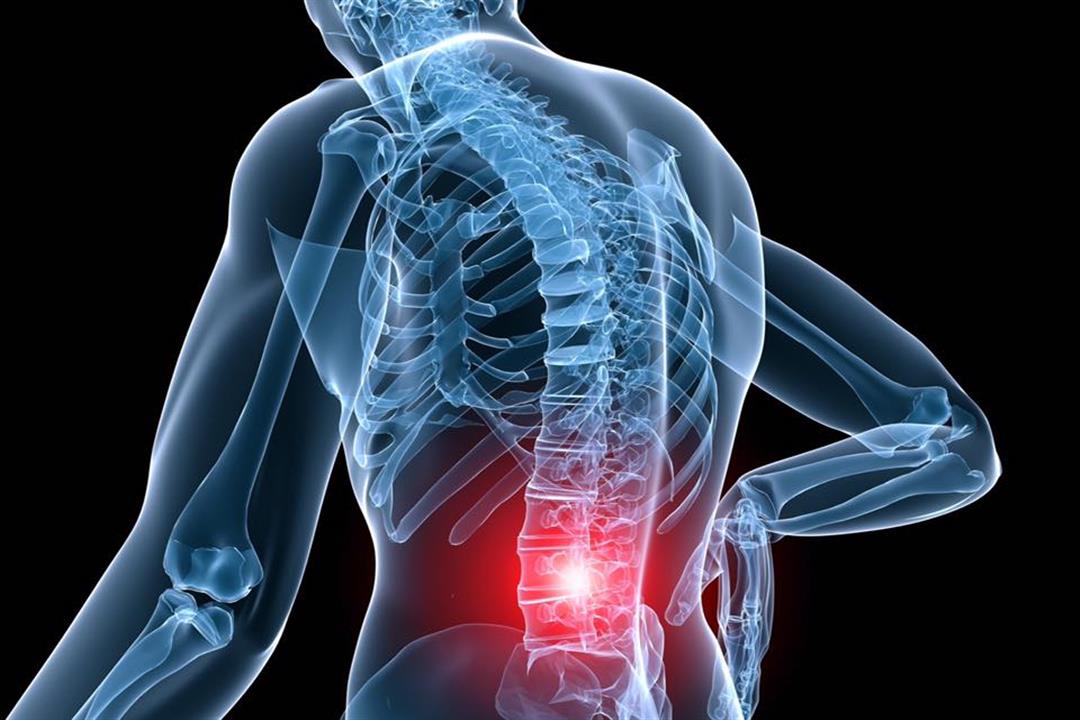
What Are Spinal Surgeries?
A spinal surgeon performs a variety of surgeries on the spinal column, with the type of surgery depending on the patient’s medical condition, the extent of progression, and severity. Some of the surgical procedures performed by the doctor include:
- Removal of bone tumors in the spinal column.
- Cervical disc herniation excision.
- Lumbar disc herniation removal.
- Correction and adjustment of spinal curvature.
- Spinal canal expansion and removal of bony tissues or tumors that compress the spinal cord.
- Fusion and fixation of vertebrae in the spinal column using plates and screws.
- Removal of excess bone in the spinal column, causing pressure on nerve roots.
- Treatment of vertebral fractures.
What Is Spinal Curvature?
Spinal curvature, also known as scoliosis, is a condition that occurs when the natural inward curvature of the spinal column is exaggerated and measures at least ten degrees on X-rays. It is not considered a disease and can sometimes result from physical activities. This condition is usually treatable and is rare in children. It can occur in the lower back, known as the lumbar region, or in the neck area because these regions naturally have some curvature. In cases where it affects the lumbar region, the back may appear to form a “C” shape in the lower part.
Causes of Spinal Curvature
There are several factors that can lead to the development of spinal curvature, including:
- Congenital Defects: Some individuals may be born with spinal curvature, such as cases of congenital scoliosis.
- Disc Inflammation: Inflammation of the rubbery cushions (discs) that separate the vertebrae due to infection can increase the risk of spinal curvature.
- Obesity: Excessive weight, or obesity, can exert pressure on the spinal vertebrae, leading to spinal curvature.
- Dwarfism: Improper bone growth in some cases, such as dwarfism, can result in spinal curvature and short stature.
- Vertebrae Slippage: In certain cases, vertebrae may slip out of their original position, particularly in the lower back, leading to spinal curvature.
- Osteoporosis: Osteoporosis can cause weakening and thinning of vertebrae, increasing the likelihood of spinal curvature.
- Other Causes: Conditions such as spinal inflammation, tumors in the spinal column, or joint inflammation can also increase the risk of developing spinal curvature.
Symptoms of Spinal Curvature
The symptoms of spinal curvature can vary depending on the type, location, and severity of the curvature and may include:
- Back, neck, or lower body pain, which may worsen during physical exertion or prolonged sitting.
- Fatigue and tiredness, especially in severe cases.
- Noticeable changes in the body’s outward appearance.
- Difficulty sleeping due to pain or muscle tension.
- Balance and movement disturbances, which may result in falls and injuries in some cases.
- Breathing difficulties, which tend to increase with age.
It’s essential for individuals experiencing symptoms of spinal curvature to seek medical evaluation and appropriate treatment to address the condition and manage any associated discomfort or complications.
How Is Spinal Curvature Diagnosed?
Initially, the doctor conducts a thorough clinical examination of the patient. Subsequently, they may request various imaging studies, such as X-rays, MRI (Magnetic Resonance Imaging), or CT scans, to assess the condition of the soft tissues, determine their state, and rule out any factors contributing to the curvature. Additionally, a neurological examination may be performed.
In some cases, individuals with spinal curvature may be able to self-correct their posture through exercise without requiring medical intervention. However, if the patient experiences pain or if the curvature is rigid, it is advisable to seek medical attention. The doctor will then perform comprehensive assessments.
Spinal curvature can result from factors such as disc inflammation, bone loss, or nerve problems. Therefore, it is essential to consult a physician if the patient experiences symptoms associated with spinal curvature, such as tingling, muscle spasms, or bladder or bowel issues.
In general, the doctor may prescribe pain-relieving medications containing substances like acetaminophen and ibuprofen. Patients are encouraged to engage in exercise and maintain a healthy weight through a structured diet program. Physical therapy sessions are also recommended to strengthen the back and abdominal muscles and improve posture.
Treatment of Spinal Curvature in Adults
The treatment approach depends on the degree of curvature. Typically, the treatment plan may include:
- Pain-relieving medications containing acetaminophen and ibuprofen.
- Exercise and physical activity.
- Weight loss through a tailored diet program.
- Regular follow-up with a physical therapist and attending therapy sessions.
However, if the condition worsens, additional steps may be taken:
- Teaching the individual proper standing and sitting posture to maintain the correct spinal alignment.
- Using medical devices such as back braces and support belts to strengthen muscles and improve posture.
- Weight management and exercise.
- Surgical intervention in cases of severe curvature. Surgery aims to correct the deformity and realign the spinal vertebrae.
What Is Spinal Curvature Surgery and Its Procedures?
Spinal curvature surgery is a surgical procedure designed to treat severe spinal deformities with a curvature measuring between 45 to 50 degrees or more. Before the surgery, the doctor may conduct various tests, including blood tests, X-rays, and magnetic resonance imaging (MRI) scans. The surgical steps typically involve:
- Administering general anesthesia to the patient before the procedure.
- Making a large surgical incision in the back to access the spine and inserting surgical instruments to correct deformities and adjust the curvature. This may involve the use of rods and screws to fuse and stabilize the vertebrae.
The surgery can take between 6 to 8 hours, and the patient usually remains in the hospital for 3 days to a week for post-operative monitoring and follow-up with the physician.
Post-Surgery Care:
After returning home, the patient begins physical therapy sessions immediately to strengthen the back muscles, improve mobility, and accelerate the recovery process.
Patients may experience some pain for up to two weeks after the surgery, and the doctor may prescribe pain-relieving medications to manage this discomfort.
Patients are advised to wear a brace for three months after the surgery.
Patients can typically return to their normal activities, including work, within 4 to 6 weeks after the procedure.
Is Spinal Curvature Surgery Serious?
Spinal curvature surgery is a rare procedure, and its risks are primarily associated with nerves and the spinal cord. In most cases, the desired outcome is achieved without significant risks or complications. However, like any surgical procedure, there are potential risks that should be understood, including:
- Infection in the surgical wound if not properly cared for and maintained.
- Bleeding during surgery may require taking blood samples during or after the procedure to take appropriate precautions.
- The possibility of nerve injury, which can lead to serious complications, although this occurrence is rare.
- Allergic reactions to anesthesia or medications taken by the patient before or during the surgery.
“Dr. Amr provides the latest technologies in spinal curvature treatment to offer optimal care to our patients. Get ready to regain your mobility and relieve pain with our professional team.”
What Is the Success Rate of Spinal Curvature Surgery?
“In addition to his medical expertise, Dr. Amr possesses a warm bedside manner and a genuine understanding of your challenges. He always seeks to provide comprehensive support and actively listens to your concerns to ensure a comfortable experience and excellent results.”
Some studies on spinal curvature surgery have shown an average success rate of approximately 70%. This success rate is higher, particularly in children under 15 years of age, where the risk of complications is less than 5%. For more information on spinal curvature surgery, its success rates, and its potential consequences, you can refer to the following article.
Tips After Spinal Curvature Surgery:
The period required for full recovery from spinal curvature surgery typically ranges from 3 to 6 months. During this time, the patient should follow specific guidelines and instructions to avoid potential risks. These include:
- Resting and avoiding heavy lifting, especially during the first few weeks after surgery.
- Avoiding bending forward for 3 months post-surgery.
- Taking care of the surgical wound, keeping it clean and sterile, and protecting it from water.
- Maintaining an ideal weight and avoiding obesity to reduce pressure on the spine.
- Regularly following up with the doctor and seeking medical advice if any unusual symptoms occur.
- Avoiding sports activities during the first three months after surgery.
Can Spinal Curvature Improve Without Surgery?
The successful treatment of spinal curvature without surgery relies on two essential factors: early diagnosis and collaborative effort. Collaboration involves coordination among the patient’s family, orthopedic surgeon, psychiatrist, physical therapist, and exercise team, working together toward a common goal. Currently, the choice of treatment method for spinal curvature depends not only on the degree of spinal curvature but also on the patient’s personality, expectations, and the impact of the curvature on their quality of life.
There are specific exercises suitable for treating mild cases of spinal curvature without surgery. However, advanced cases may require surgical intervention to correct the spinal alignment. It is essential to consider that neglecting and not treating mild cases can lead to deterioration, making it challenging to improve without surgical intervention. For more information about exercises and their role in treating spinal curvature, click here.
In addition to exercises, another method for reducing curvature and promoting recovery is wearing a medical brace during the day. This brace helps bend the back in the opposite direction of the curvature.
Does Scoliosis Increase with Age?
Yes, it is possible for scoliosis to progress and for the degree of curvature or lateral bending of the spine to increase with age. Typically, the highest rate of progression occurs during growth periods, such as childhood and adolescence. However, it is also possible for the curvature to continue to worsen after adolescence. There is no fixed or universal time when scoliosis stops progressing, as it varies among individuals.
It is essential to consider that early treatment for scoliosis is more effective and can help limit the progression of the curvature significantly. Regular follow-up with a doctor is necessary for conducting diagnostic tests to evaluate the patient’s curvature degree and determine the appropriate treatment, which may involve wearing a back brace or undergoing surgery.
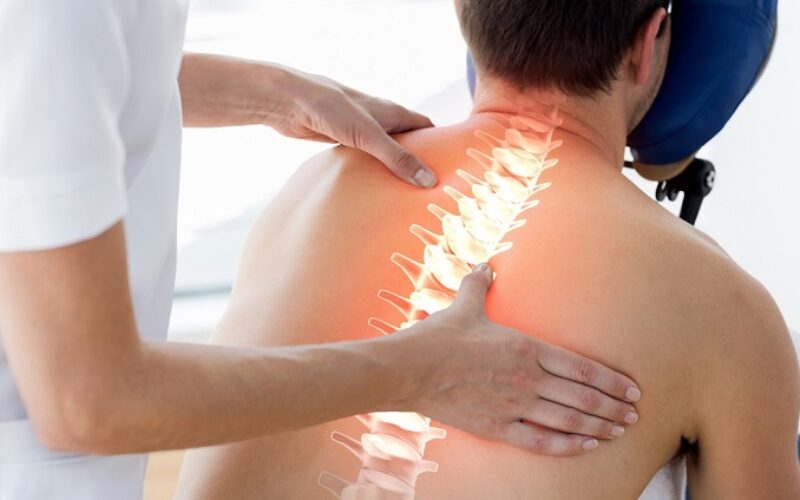
Does Scoliosis Return After Surgery?
Scoliosis surgery does not guarantee a 100% straight spine, meaning the spine cannot be completely returned to a straight position in all cases. However, in most cases, there is a correction of the curvature to a position close to straight.
Due to the variability in the causes of scoliosis, the percentage of cases that can be successfully treated with surgery ranges from approximately 10% to 90%. Despite the extended and challenging post-surgery recovery period, spinal curvature correction surgery may be the first step towards recovery. However, it cannot be guaranteed that scoliosis will not return after surgery.
The success rate of scoliosis correction surgery typically ranges from 70% to 90%, depending on the degree and type of curvature, the patient’s age, family medical history, and other factors. After surgery, strict adherence to the treating doctor’s instructions is necessary, including pain management, physical therapy guidance, muscle-strengthening exercises in the short and medium term, and regular spinal check-ups to ensure scoliosis does not return after the operation.
In conclusion, patients should be aware that scoliosis may recur after surgery, and it may require long-term treatment and continuous efforts over several years. It is essential to emphasize that a patient’s commitment to physical therapy and muscle-strengthening exercises can help reduce the risk of scoliosis recurrence after surgery and increase the chances of a complete recovery.
Is Scoliosis Surgery Painful?
Yes, scoliosis surgery can be painful, and patients may experience pain for several weeks following the procedure. To manage pain, doctors typically prescribe a range of pain-relieving medications and anti-inflammatory drugs to alleviate discomfort and help patients perform daily activities more comfortably.
How Much Does Scoliosis Surgery Cost in Egypt?
The cost of scoliosis surgery in Egypt typically ranges from 100,000 to 200,000 Egyptian pounds. It’s important to note that this amount is subject to change and may vary over time. Several factors contribute to determining the cost of scoliosis surgery, including the degree of spinal curvature, the type of surgical procedure used to correct the deformity (whether traditional surgery or robotic-assisted), and the materials and devices used during the surgery, such as screws and rods.
Other factors that play a significant role in determining the price of scoliosis surgery in Egypt include the pre-operative tests and diagnostic examinations required by the surgeon, as well as the fees for the surgical team, including surgeons, assistant doctors, nurses, and medical staff. The length of the hospital stay also affects the final cost of the procedure.
Best Spine Doctor in Cairo
In this article, we introduce Dr. Amr Amal, one of the best orthopedic and spine surgeons in Cairo, Egypt. Dr. Amr Amal is highly experienced and renowned in this field, possessing extensive educational qualifications and strong practical expertise. He holds a Doctor of Medicine (M.D.) degree in orthopedic surgery from Ain Shams University and works as a professor of orthopedic, joint, and arthroscopic surgeries at Ain Shams University.
Dr. Amr Amal provides a wide range of treatment services, including the management of joint pain and arthritis using various therapeutic approaches, as well as performing stabilization surgeries when needed, utilizing the latest medical techniques. He also diagnoses and treats various fractures, sports injuries, and pediatric orthopedic conditions.
Thanks to his experience and competence, Dr. Amr Amal enjoys an excellent reputation in the field. He is committed to providing the highest levels of healthcare to his patients and continuously updates his knowledge and techniques to ensure the delivery of the latest treatment methods. As a professor of orthopedic, joint, and arthroscopic surgeries at Ain Shams University, Dr. Amr can effectively communicate with his patients and share new and advanced treatment information with them.

